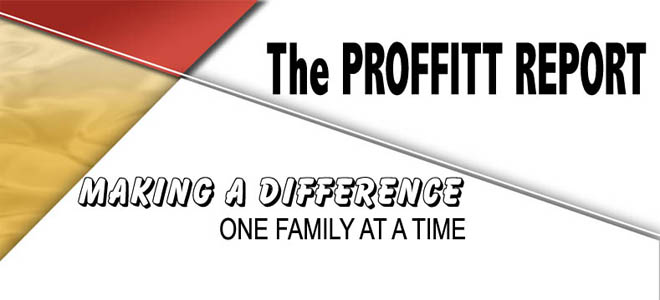
Mortgage rates are low right now but pinning them down this week could be a challenge. As Labor Day Weekend nears and Wall Streeters take their head-start on the holiday, trading volume will fall, which will cause mortgage rates to get jumpy.
As mortgage rates change, so does the long-term cost of owning a home. Every 1/8 percent adjustment changes a household budget.
Meanwhile, the relationship between "vacation days" and mortgage rate volatility is an interesting one; based more in scarcity than market fundamentals.
Rates tend to get volatile near holidays because of two inter-related facts:
- Conforming mortgage rates are based on the price of mortgage-backed bonds
- Mortgage-backed bonds can't trade without a buyer and a seller at a specific price
So, as the week progresses and more traders leave for their respective "extended" 3-day weekends, there's fewer buyers and sellers left on Wall Street to connect for a trade. As a result, mortgage bond prices move across larger gaps than on a "normal" day which, in turn, translates into faster, larger changes in rates.
This phenomenon can be exaggerated during periods of economic uncertainty -- like what we're in now -- and, furthermore, there's a bevy of important data set for release this week including the FOMC Minutes, inflation data, and August jobs figures.
In other words, rates would have been volatile without the vacation week. The presence of Labor Day just piles on.
Mortgage rates may rise this week, or they may fall. Either way, if you have a chance to lock something favorable and within your budget, consider doing it. Rates are at all-time lows and likely won't last.

 With Labor Day looming, the autumn and winter months aren't far behind. It's a good time to reflect on your home's heating and cooling costs, and take steps to lower your energy bills. Finding air leaks may be a perfect first project.
With Labor Day looming, the autumn and winter months aren't far behind. It's a good time to reflect on your home's heating and cooling costs, and take steps to lower your energy bills. Finding air leaks may be a perfect first project.
 One day after the National Association of Realtors released the softest Existing Home Sales report since 1995, the U.S. Census Bureau released a similarly-weak
One day after the National Association of Realtors released the softest Existing Home Sales report since 1995, the U.S. Census Bureau released a similarly-weak  The number of home resales
The number of home resales  The tightening in mortgage-lending policies that characterized the last 3 years appears to be slowing.
The tightening in mortgage-lending policies that characterized the last 3 years appears to be slowing.


 Sometimes, you need to look deeper than the headlines to get the news that matters. This basic truth's latest example comes from
Sometimes, you need to look deeper than the headlines to get the news that matters. This basic truth's latest example comes from  Home builder confidence in the newly-built, single-family housing market is down
Home builder confidence in the newly-built, single-family housing market is down  For the second time this year, the FHA is modifying mortgage insurance.
For the second time this year, the FHA is modifying mortgage insurance. Foreclosure filings rose 4 percent nationwide last month versus June, according to
Foreclosure filings rose 4 percent nationwide last month versus June, according to  Today, in its first meeting in 6 weeks, the Federal Open Market Committee voted 9-to-1 to leave the Fed Funds Rate unchanged.
Today, in its first meeting in 6 weeks, the Federal Open Market Committee voted 9-to-1 to leave the Fed Funds Rate unchanged.  The Federal Open Market Committee holds a one-day meeting today, its
The Federal Open Market Committee holds a one-day meeting today, its  Just because the expiration date has passed, that doesn't mean that the food is spoiled. It's a deep-seated misconception that results in the average American household
Just because the expiration date has passed, that doesn't mean that the food is spoiled. It's a deep-seated misconception that results in the average American household 
 Mortgage rates have been falling since April but that momentum could reverse tomorrow.
Mortgage rates have been falling since April but that momentum could reverse tomorrow. The Pending Home Sales Index failed to rebound from a cliff-dive in May, falling by another 3 percent more in June. The index remains
The Pending Home Sales Index failed to rebound from a cliff-dive in May, falling by another 3 percent more in June. The index remains  The fiscal responsibility of a homeowner extends beyond the mortgage's basic principal and interest repayments. Homeowners are also responsible for the real estate taxes on the home and its insurance premiums, too.
The fiscal responsibility of a homeowner extends beyond the mortgage's basic principal and interest repayments. Homeowners are also responsible for the real estate taxes on the home and its insurance premiums, too.





